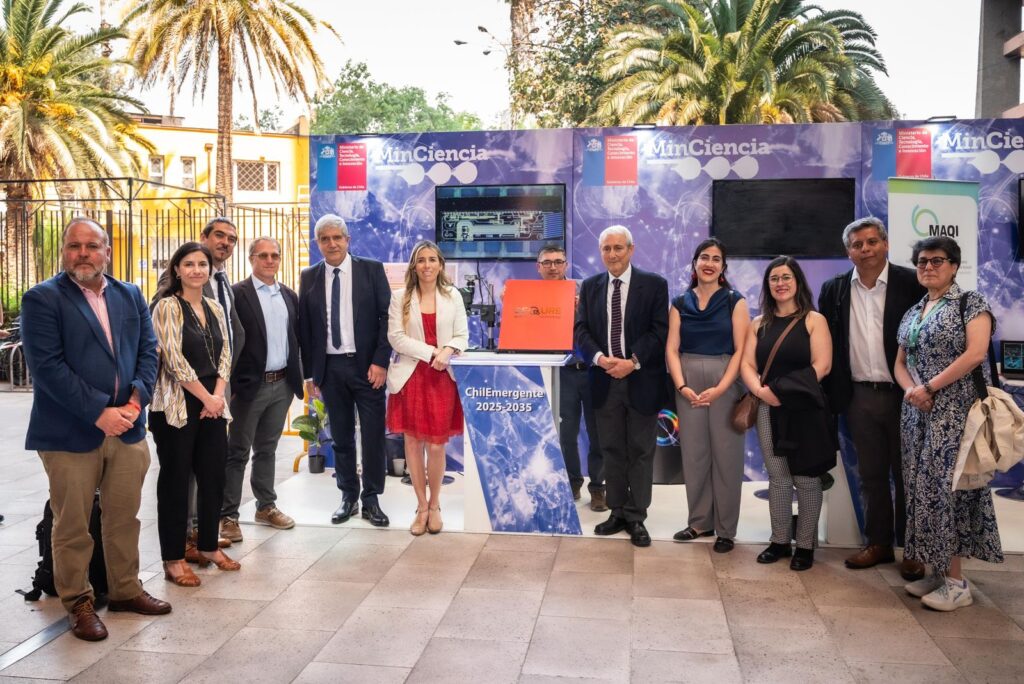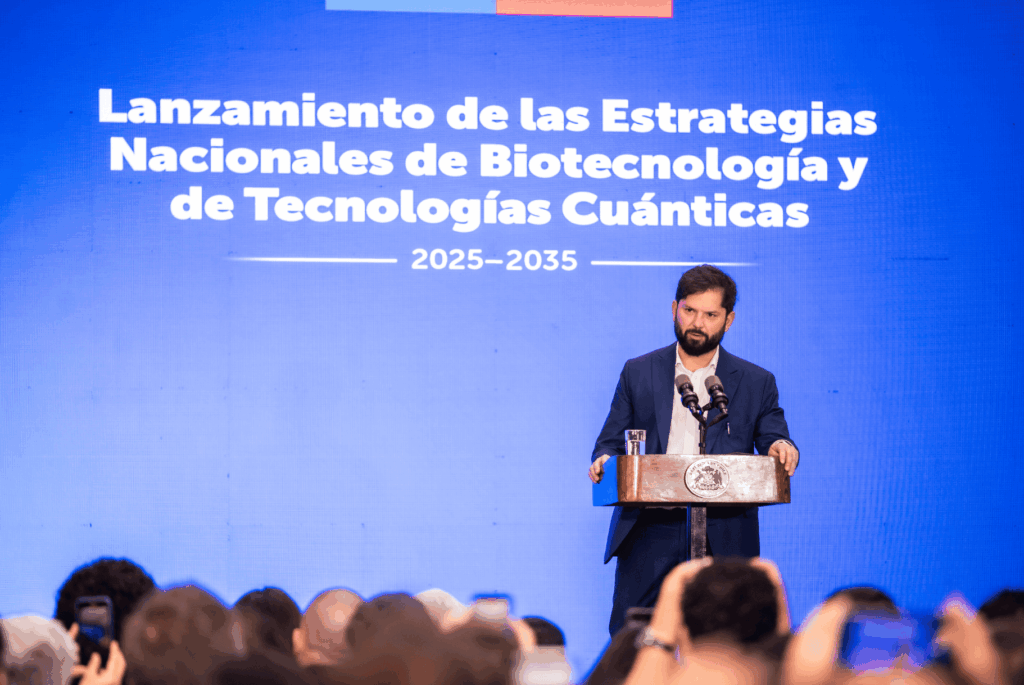Insider Brief
- CERN’s BASE collaboration has demonstrated the first antimatter-based quantum bit by maintaining coherent spin oscillations of a single antiproton for 50 seconds.
- The experiment enables higher-precision comparisons between matter and antimatter and provides a new method to test charge-parity-time (CPT) symmetry.
- While not directly applicable to building quantum computers, the technique shows that antimatter can be coherently controlled at the quantum level.
- Image: Physicist Barbara Latacz working in the BASE experiment (CERN)
In a controlled experiment that could open a new frontier in quantum science, physicists at CERN have created and manipulated a quantum bit — also known as a qubit — using a single antiproton, keeping it oscillating between two spin states for nearly a full minute, according to the Swiss-based research facility’s news release. The demonstration, carried out by the BASE collaboration at CERN’s antimatter facility and published in Nature, marks the first time a coherent quantum transition has been observed in a free antimatter particle.
“This represents the first antimatter qubit and opens up the prospect of applying the entire set of coherent spectroscopy methods to single matter and antimatter systems in precision experiments,” BASE spokesperson Stefan Ulmer said in the release. “Most importantly, it will help BASE to perform antiproton moment measurements in future experiments with 10- to 100-fold improved precision.”
The team maintained the delicate quantum state of the antiproton, a negatively charged mirror of the proton, using advanced electromagnetic traps that allowed them to flip and control its internal spin—akin to toggling a switch—without disturbing its quantum coherence. This capability to flip spin states predictably and preserve their coherence could not only refine future studies comparing matter and antimatter but also raises the distant possibility of antimatter-based quantum technologies.

New Ultra Precise Tool to Study Nature
The experiment offers a new tool to study the fundamental symmetries of nature with unprecedented precision. The Standard Model of particle physics, which governs the known behavior of subatomic particles, predicts that matter and antimatter should behave identically in most physical processes — a principle known as charge-parity-time (CPT) symmetry. But in reality, the universe appears to be made almost entirely of matter, with virtually no naturally occurring antimatter. This imbalance has long puzzled physicists.
By studying the magnetic properties of the antiproton — essentially, how it behaves like a tiny spinning magnet — researchers can test whether it mirrors the behavior of the proton exactly. Any slight deviation could indicate a violation of CPT symmetry and potentially point toward physics beyond the Standard Model.
Prior experiments by the BASE group had shown the antiproton’s magnetic moment to be nearly identical to that of the proton, but those measurements were made using incoherent techniques prone to interference and random noise. The new study eliminates many of those shortcomings by achieving coherent quantum transitions, allowing for a smoother and more stable control of the antiproton’s spin.
The advance was made possible by upgrading the experimental system to suppress sources of quantum decoherence, which are those random interactions with the environment that typically destroy the fragile quantum state of a particle. Using a series of finely tuned electromagnetic Penning traps, the team isolated a single antiproton and manipulated it using methods drawn from the playbook of quantum computing and precision measurement.
The researchers achieved a spin coherence time of 50 seconds. This is an unusually long duration given the sensitivity of antimatter to outside disturbance. For comparison, many qubits in existing quantum computers struggle to maintain coherence for even a few milliseconds without error correction.
Speaking of which…
Could Antimatter Power Future Quantum Computers?
While the demonstration may sound like a step toward an antimatter-based quantum computer, the scientists caution that such applications remain highly speculative. The experiment confirms that antimatter particles like antiprotons can function as qubits in principle, but practical quantum computation using antimatter faces immense hurdles.
For one, antimatter is scarce and difficult to produce. Antiprotons at CERN are generated in minute quantities by smashing high-energy particles into metal targets, then painstakingly isolated using magnetic fields. Trapping and storing a single antiproton already requires a complex array of ultra-high-vacuum chambers and cryogenic cooling systems. Scaling this up to build a working quantum processor with multiple antimatter qubits would be exponentially more difficult. Current quantum computers rely on systems that are easier to manipulate, such as superconducting loops, trapped ions, or photon-based architectures.
Implications for Fundamental Physics
Beyond its technical achievement, the experiment also provides physicists with a new method for testing theories about the universe’s makeup. The fact that the antiproton’s spin can be coherently flipped and tracked over extended timescales allows for far more sensitive measurements of its properties.
The team plans to apply this technique to refine their measurements of the antiproton’s magnetic moment and explore whether there are any small but detectable deviations from that of the proton. Such a discrepancy could suggest that some physical processes treat matter and antimatter differently — an observation that could help explain why the universe appears to be made of matter alone.
For now, the result stands as a novel fusion of two disciplines — antimatter research and quantum information science — long considered separate. While an antimatter quantum computer remains firmly in the realm of science fiction, the techniques demonstrated in this study could help sharpen tools for probing nature’s deepest rules.


















